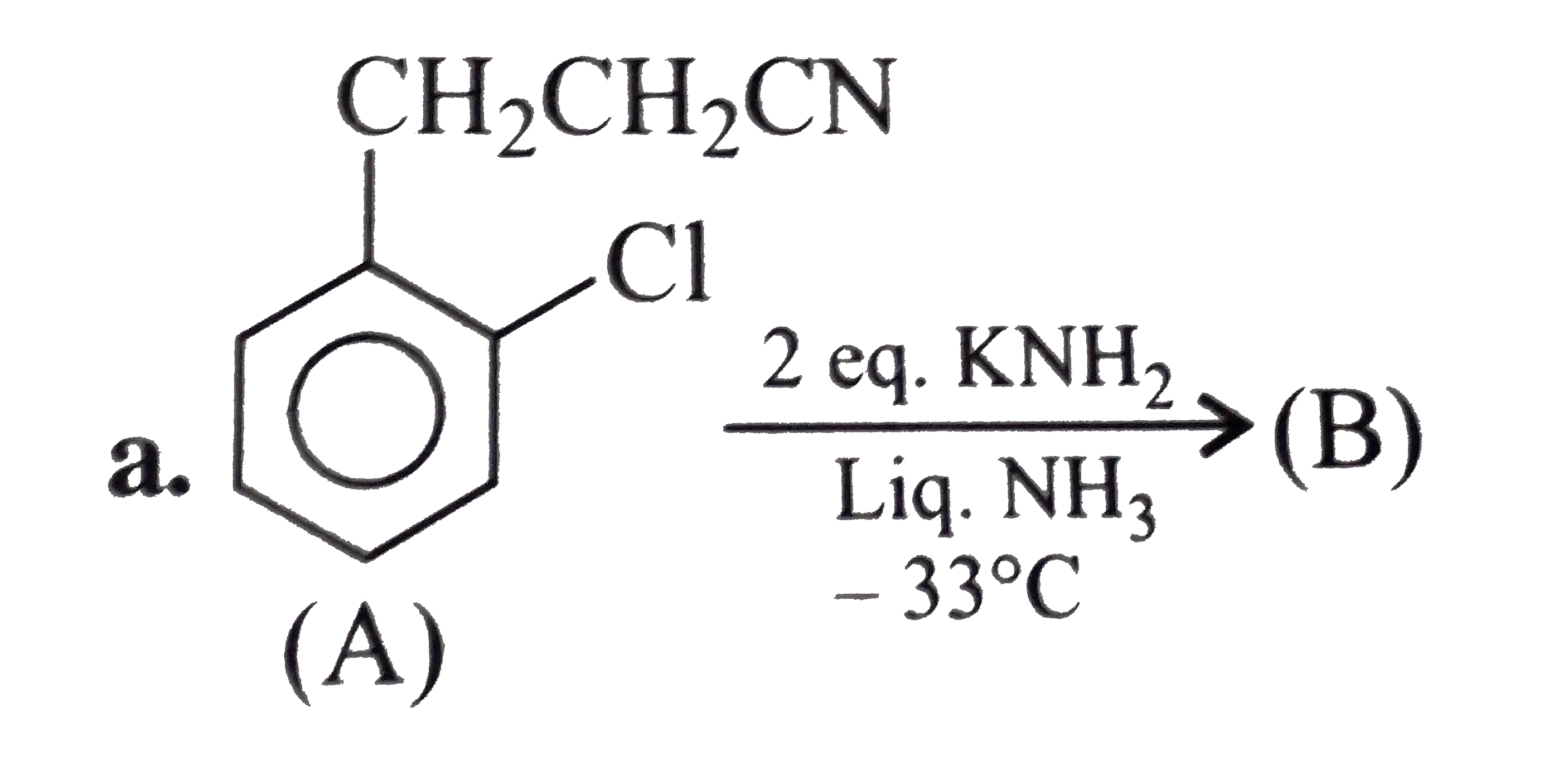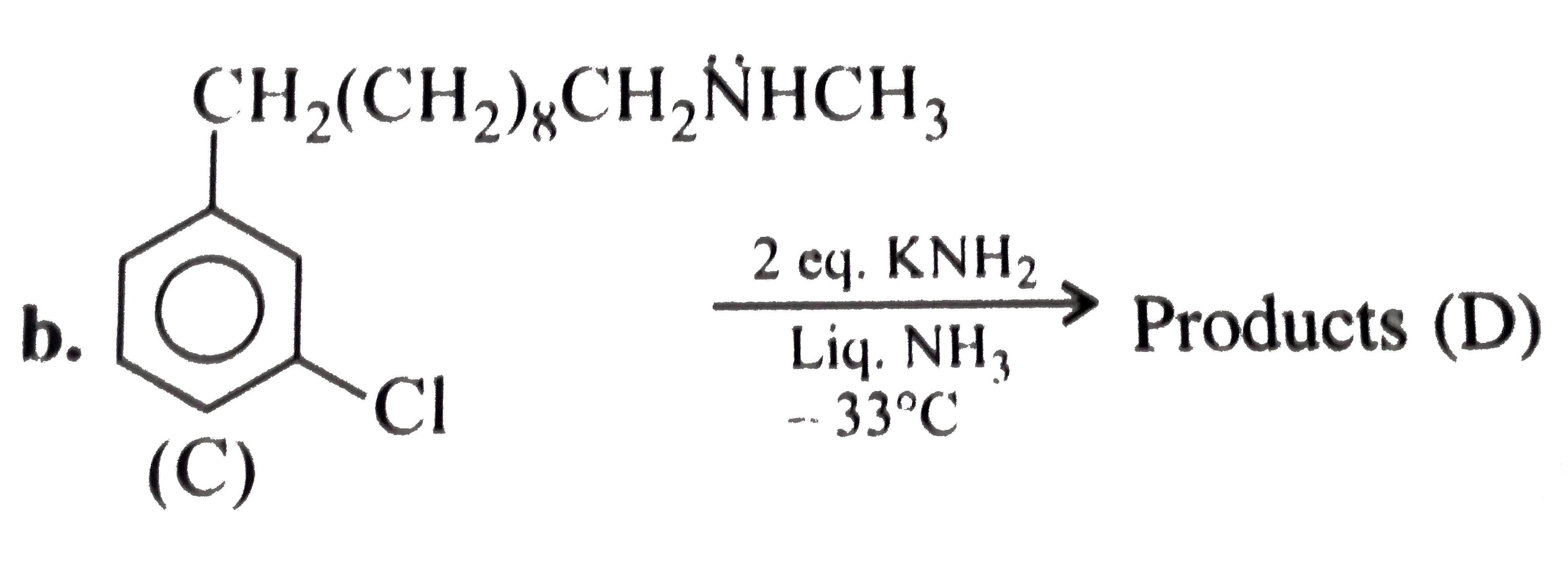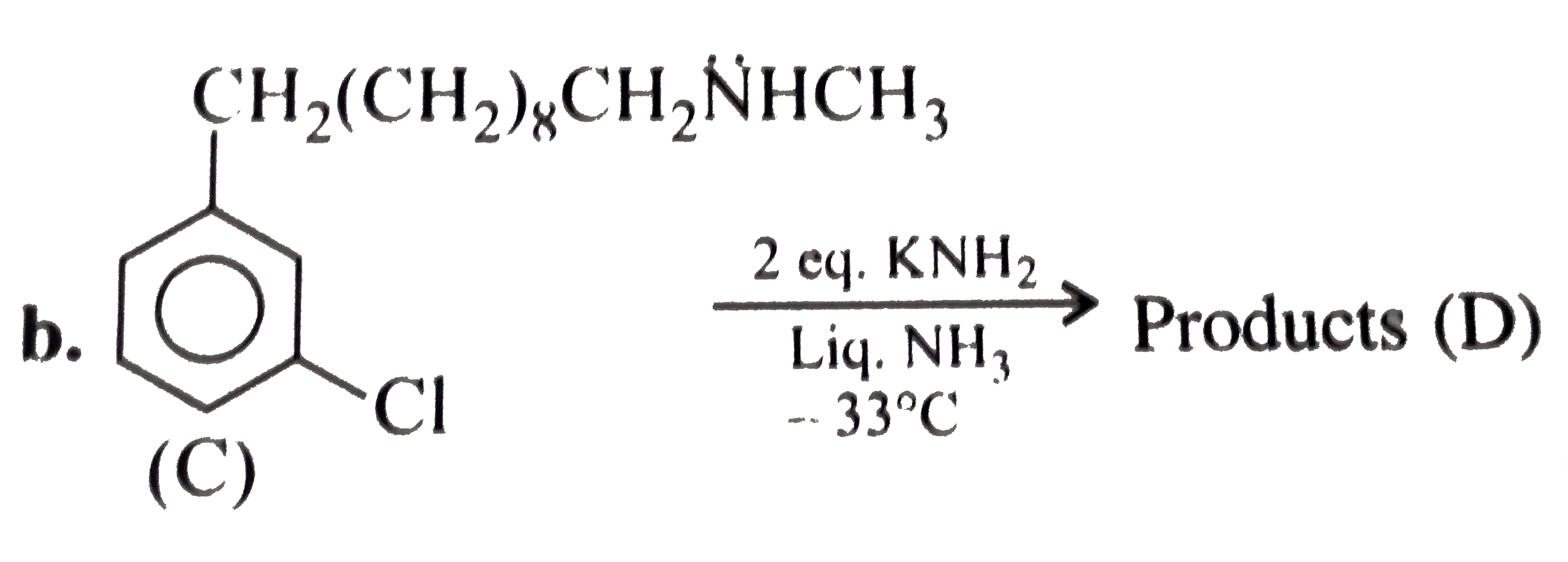The reaction of propene with HOCl proceeds via the addition of :
H+ in the first step
Cl+ in the first step
OH− in the first step
Cl+ and OH− in single step
To determine how propene reacts with HOCl, we need to analyze the mechanism of the reaction step by step.
1. Identify the Reactants: The reactants in this reaction are propene (C3H6) and HOCl (hypochlorous acid).
2. Understand the Structure of Propene: Propene has a double bond between the first and second carbon atoms. Its structure can be represented as CH2=CH-CH3.
3. Mechanism of Reaction: The reaction proceeds through an electrophilic addition mechanism. In this mechanism, the double bond in propene acts as a nucleophile and attacks an electrophile.
4. Formation of Electrophile: When HOCl is present, it can dissociate into H+ and OCl-. The H+ ion is a strong electrophile and can interact with the double bond of propene.
5. Step 1 - Electrophilic Attack: The double bond in propene attacks the H+ ion from HOCl. This leads to the formation of a carbocation intermediate. The more stable carbocation is formed at the second carbon (C2) because it is more substituted than the first carbon.
- Propene (CH2=CH-CH3) + H+ → CH3-CH(+)-CH3 (carbocation)
6. Step 2 - Nucleophilic Attack: The next step involves the attack of the OCl- ion on the carbocation. The OCl- ion acts as a nucleophile and attacks the positively charged carbon.
- CH3-CH(+)-CH3 + OCl- → CH3-CH(Cl)-CH3 (final product)
7. Final Product: The final product of this reaction is 2-chloropropanol, where the chlorine atom is added to the second carbon.
Conclusion:
The reaction of propene with HOCl proceeds via the addition of Cl+ in the first step, leading to the formation of a carbocation, followed by the attack of OH-.
Answer:
The correct option is Cl+ in the first step.
---
The reaction of propene with HOCl proceeds via the addition of Cl+ in the first step, leading to the formation of a carbocation, followed by the attack of OH-.
The correct option is Cl+ in the first step.
Topper's Solved these Questions
- HYDROCARBONSBOOK - VMC MODULES ENGLISHCHAPTER - HYDROCARBONSEXERCISE - JEE Main Archive
46 Videos
- HALOALKANES AND HALOARENESBOOK - VMC MODULES ENGLISHCHAPTER - HALOALKANES AND HALOARENESEXERCISE - IN-CHAPTER EXERCISE - F
6 Videos
- ICONIC EQUILIBRIUMBOOK - VMC MODULES ENGLISHCHAPTER - ICONIC EQUILIBRIUMEXERCISE - IMPECCABLE
50 Videos
Similar Questions
Knowledge Check
The reaction of propene with H3O+ will proceed with which of the following intermediates ?
A B
B C
C D
D
The reaction of propene with HOCI(CI2+H2O) proceeds through the intermediate:
View SolutionThe reaction of propene with HOCI(CI2+H2O) proceeds through the intermediate:
View Solutiona.

b.
The formation of (D) form (C ) proceeds via the formation of which of the following intermediate species ?
View Solutiona.

b.
The formation of (B) form (A) proceeds via the form-antion of which of the following intermediate species ?
View SolutionThe reaction which proceeds in the backward direction is
View SolutionReaction happens via

View Solution
Reaction happens via
View Solution
